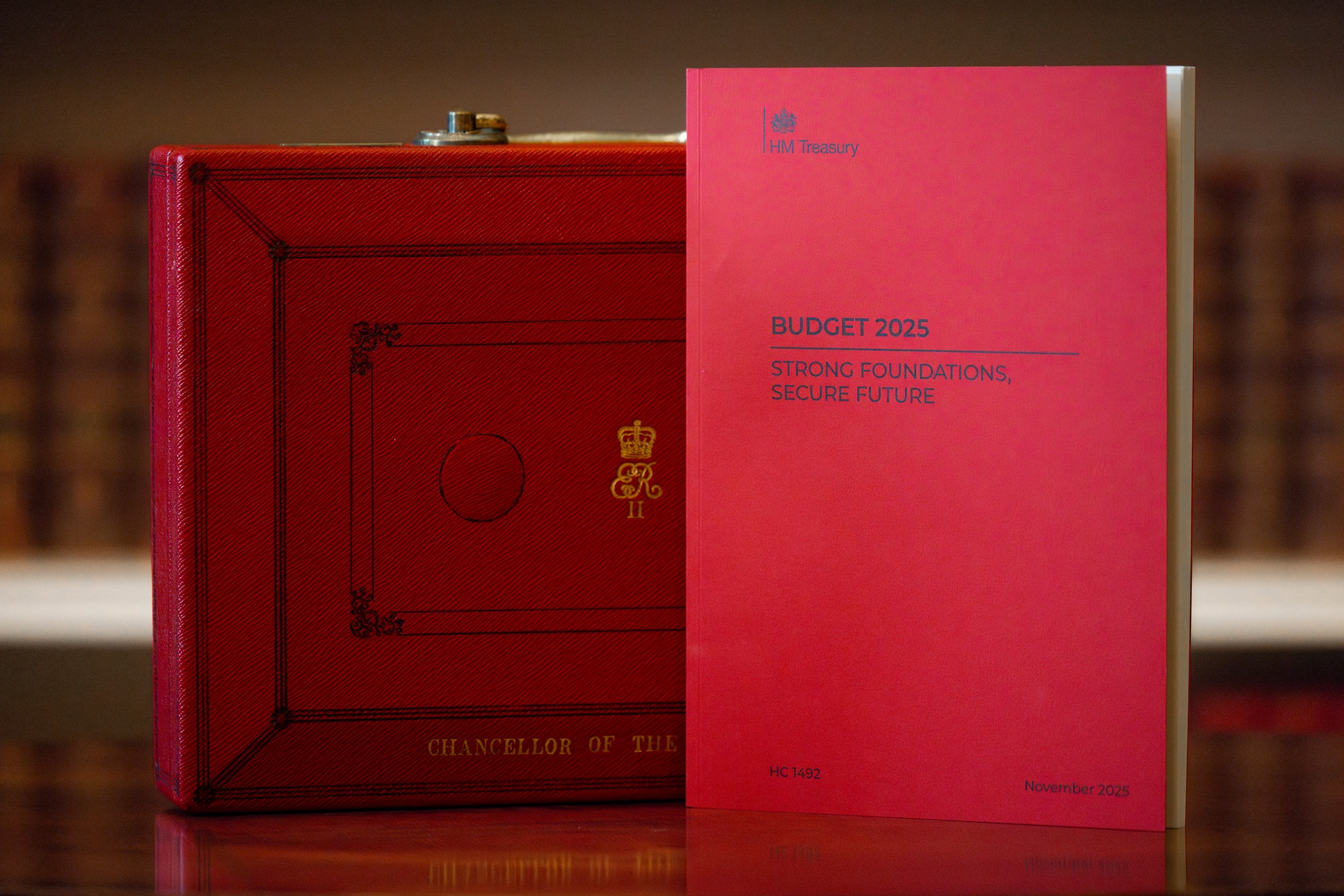Enhanced R&D intensive support for loss-making SMEs – a comprehensive guide

For R&D-intensive SMEs, investing heavily in innovation often comes with financial challenges – especially in early stages or during growth periods. Recognising this, the UK government has introduced a new form of support tailored to those businesses that are most committed to research and development.
For R&D-intensive SMEs, investing heavily in innovation often comes with financial challenges – especially in early stages or during growth periods. Recognising this, the UK government has introduced a new form of support tailored to those businesses that are most committed to research and development.
Enhanced R&D Intensive Support (ERIS) is designed to reward loss-making SMEs that dedicate a significant portion of their spend to innovation, offering a more substantial incentive than previous schemes.
In this guide, we’ll walk you through how it works, who it’s for and how you can make the most of it.
A new direction for R&D tax relief
In the Spring Budget 2023, the Chancellor announced a raft of R&D tax relief changes. The long-standing SME scheme was to be made less generous and then, from 1st April 2024, merged with RDEC (more traditionally used by larger companies). However, a new SME scheme was introduced; but only for R&D-intensive, loss-making SMEs. It is called Enhanced R&D Intensive Support (ERIS).
What is Enhanced R&D Intensive Support (ERIS)
Enhanced R&D Intensive Support (ERIS) is a special R&D tax relief scheme. As the name indicates, it provides a higher level of tax relief than the alternative RDEC, and is for companies performing intensive R&D. It is reserved for companies classified as an SME, and who are loss-making.
How is ERIS different from R&D tax credits?
Like RDEC, ERIS provides a tax incentive to UK-limited companies that perform qualifying R&D. However, the rate that is paid and the way in which it is calculated are both quite different to RDEC. In these senses, it bears more resemblance to the now retired SME schemes. It also has more stringent qualifying criteria which we will explain below.
What are the ERIS rates?
This scheme allows R&D-intensive companies to deduct an additional 86% of their qualifying R&D spend as they work out their adjusted trading loss, on top of the standard 100% deduction. This makes a total of 186%. Then, from the figure this yields, you can claim a tax-free payable tax credit worth up to 14.5% of your surrenderable loss.
What classifies an SME as R&D-intensive?
An SME is classified as R&D intensive based upon how much of its relevant expenditure (and that of any connected companies) is spent on qualifying R&D activity.
What is the intensity condition?
For accounting periods beginning after 1 April 2024, 30% of relevant expenditure should be spent on qualifying R&D. This has been reduced from the year before when 40% of relevant expenditure was required.
The percentage figure should represent expenditure in the accounting period for which you are claiming R&D tax relief. If you are relying on expenditure from a connected company (any company connected worldwide), you must have been connected for at least one day in the accounting period your claim is based upon; and their expenditure (both R&D and non-R&D) must have been made within your relevant accounting period for it to be used.
If you fail to meet the intensity condition because of unforeseen circumstances, you are granted a one-year grace period in which to satisfy the condition again. You may continue to claim the enhanced rate during this time.
How much will an R&D-intensive SME receive?
An R&D-intensive SME successfully claiming under ERIS will receive a 14.5% tax credit based on a 186% enhanced deduction. This equates to a 27% benefit.
Here is an example of how it works.
An example claim and how to calculate R&D tax relief for ERIS
Let’s take an example of £100,000 qualifying expenditure, to keep the numbers simple for an ERIS calculation.
When calculating your adjusted trading loss, you would take away an extra 86% in addition to your 100% deduction.
£100,000 x 1.86 = £186,000
This means that £186,000 would sit in your accounts as the adjusted trading loss.
You then apply your payable tax credit worth up to 14.5% to this surrenderable loss figure of £186,000.
£186,000 x 14.5% = £26,970.
This figure is your total benefit and is not subject to tax; hence the 27% overall benefit to you. The benefit is received as cash or used to offset any liabilities.
What we think of the new ERIS scheme
For SMEs that qualify, ERIS is a valuable addition to the government’s R&D tax relief offerings. Since April 2023 it offers the highest rate of tax relief. With its additional qualifying criteria, the potential for connected companies to be included in a claim and different tax calculations, it does require extra care in preparing a claim. We would advise using a professional consultancy such as ours to ensure that you don’t over or under claim.
If there is any downside, it is that at a time when the overall R&D relief schemes have been simplified with a merged RDEC scheme, it adds a new layer of complexity. This may make it more difficult for companies unfamiliar with R&D tax relief to engage with the benefits at all. We will work to educate businesses on what is on offer to them.
What can and can’t be claimed?
Qualifying expenditure for ERIS is the same as for RDEC. Assuming you have qualifying R&D projects to begin with (why not try out our free eligibility assessment), you can include the following costs when assessing your 30% minimum expenditure and value of your claim:
- Consumable items like power, fuel and materials used up in the R&D process
- Relevant data licences and cloud computing costs
- Some or all of your externally provided worker costs
- Staffing costs, including salary, bonus, pension costs and employer NICs
- Software
As with other R&D tax relief, ERIS for R&D-intensive companies excludes the costs of:
- Capital expenditure
- Land
- Rent, rates and leasing
- Patents and trademarks
How does this affect existing claims?
You can look back at two accounting periods when claiming R&D tax relief, so make sure you are claiming under the right scheme (from old SME scheme, intensive SME scheme and RDEC) based on the accounting period you are claiming for, and applying the right qualifying criteria if intensive R&D relief is sought (40% or 30% R&D spend based on post-April 2023, or post April 2024 accounting periods).
How we can help
At Kene, we have a long-track record of helping innovative UK businesses apply for R&D tax relief, whatever the schemes available at the time are. Combining chartered tax advisers with industry experts, we can help you identify all relevant projects and expenditure and use them to prepare your claim professionally.
We always keep abreast of the latest changes and are on hand to advise you and explain the process as it progresses. Book a free consultation today, or complete our free eligibility assessment.
FAQs

Can we help your business?
Book a free consultation with our expert R&D funding advisors today. We specialise in helping innovative businesses like yours unlock millions in government funding, specifically allocated to fuel your innovation. Let us help your business access the support it deserves.








.svg)


